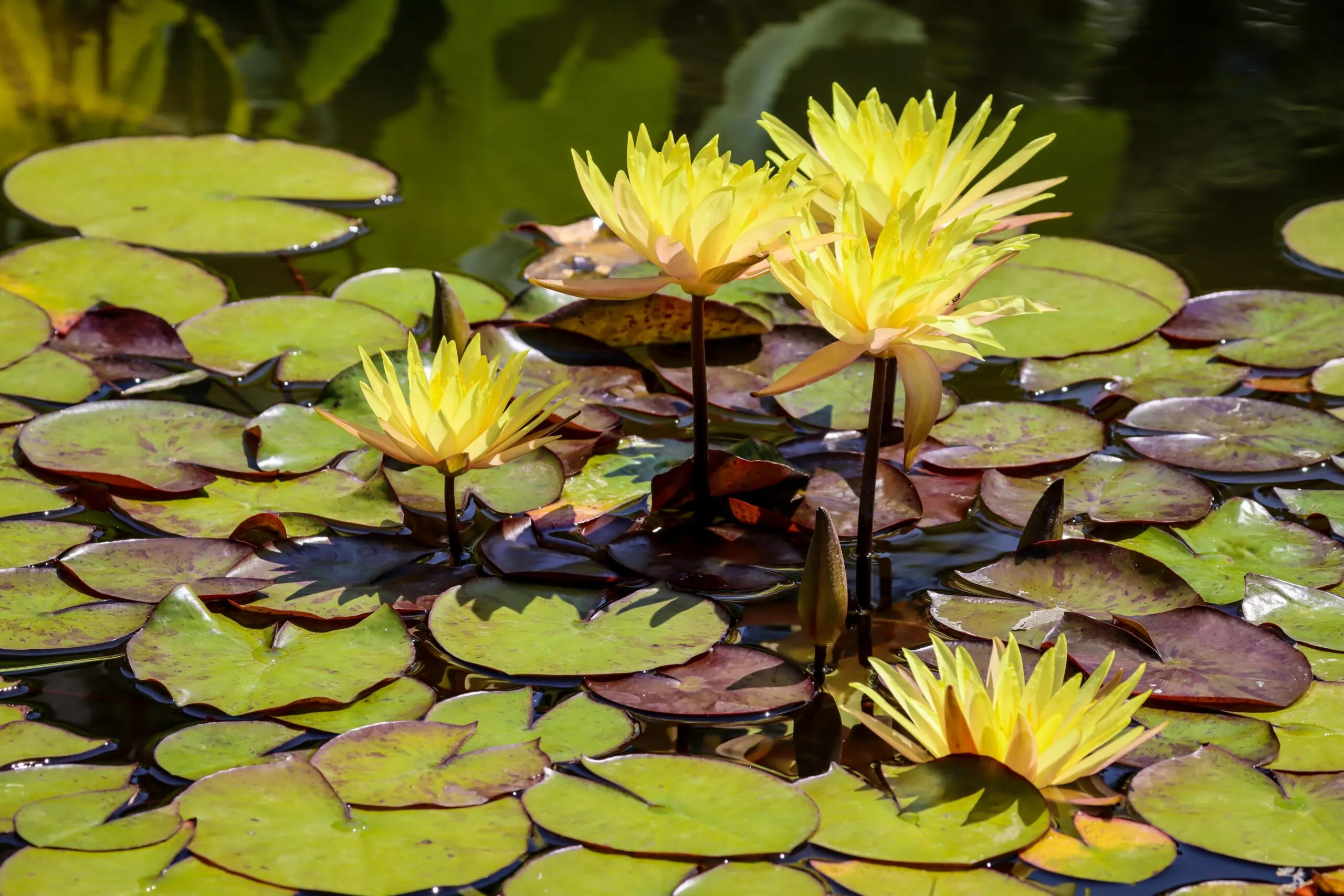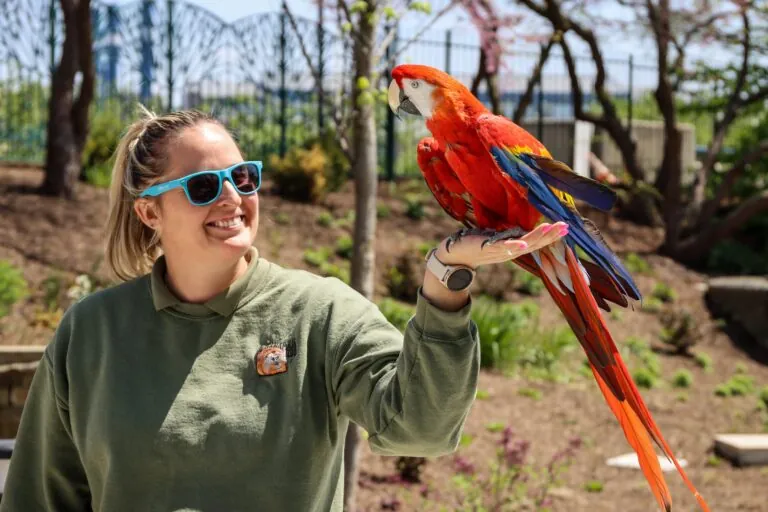The Zoo is closed Sat., Dec. 13 due to inclement weather.
-
Menu
- Plan Your Visit
- Meet The Animals
- Check Out Events
- Memberships
- About The Zoo
- Support the Zoo
- Conservation
- Education
- Groups & Private Events
- Zoo News
- Contact
- Zoo Store
- Indianapolis Prize
- Global Center for Species Survival
- Schedule
- Donate
- Membership
- Tickets

- Plan Your Visit
- Meet The Animals
- Check Out Events
- Memberships
- About The Zoo
- Support the Zoo
- Conservation
- Education
- Groups & Private Events
- Zoo News
- Contact
- Zoo Store
- Indianapolis Prize
- Global Center for Species Survival

White River Gardens
Find your zen in our gardens
Originally a separate facility that was a collaboration between the Indianapolis Zoo and the White River State Park, today the White River Gardens is part of the Zoo’s new guest entry experience that creates a total immersion into nature from the very first steps inside the Zoo. As visitors first walk through the Indianapolis Colts Welcome Plaza, they now enter the Zoo through the White River Gardens.
This beautiful 3.3-acre landmark attraction includes the Hilbert Conservatory, a 5,000 square-foot tropical oasis inside a glistening glass building, as well as the outdoor DeHaan Tiergarten that combines the best of gardening ideas, plant information and inspirational design that continues its tradition of connecting animals, plants and people.
Butterflies are back in the Hilbert Conservatory!

Get up-close with a variety of the Zoo’s animal ambassadors as part of our new guest entry experience!
Amidst the colorful flowers, plants, playful sculptures and fountains, guests will encounter delightful surprises as they have the chance to meet a variety of Wild Encounter animal ambassadors such as a chatty parrot, sleepy sloth, slithery snake, adorable aardvark or pouched rat – you never know who you will meet!
THE BUZZ ABOUT HONEY BEES
White River Gardens is home to more than 20,000 honey bees. Go inside the hives with our experts and how you can help these important pollinators.

